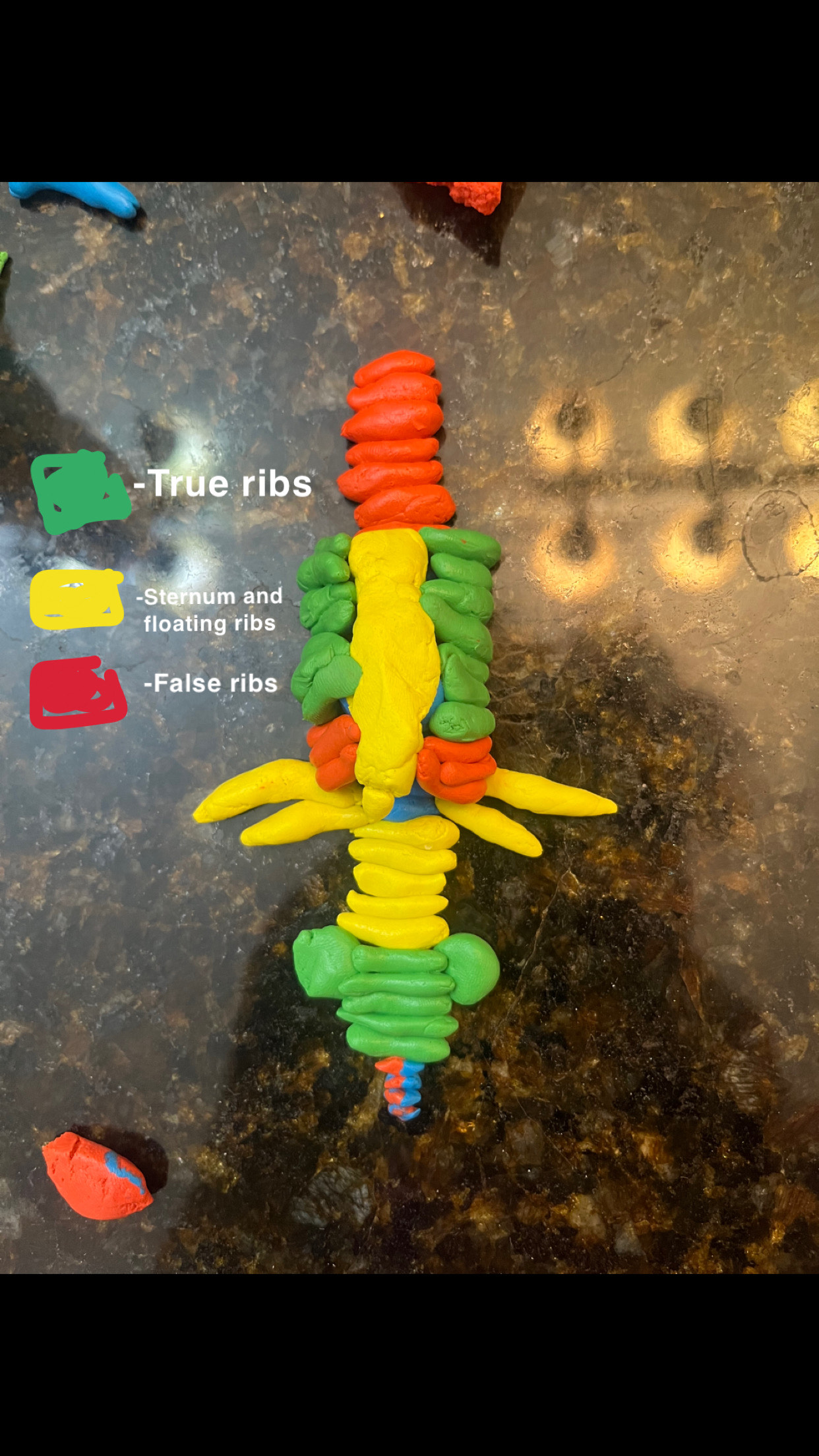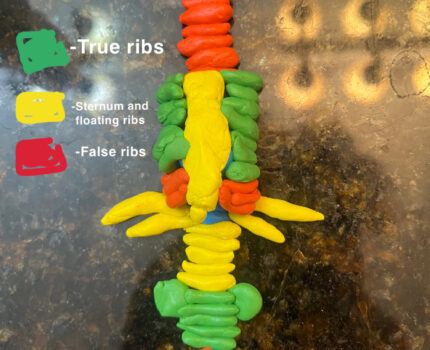The spine and rib cage are important parts of the human body that go hand in hand with one another. Together they help stabilize one another and take a lot of load for the entire body. With only one or the other surely we would be a lot weaker and not be able to support our bodies health. Injuries and other aspects may have an effect on the strength and effectiveness of these bones as well. How do these factors stack up as we age and what does it mean for our bodies?
Just how much of a role does the rib cage play in supporting the spine and body? A study was conducted with and without a rib cage to see what would happen under pressure and to see if it more accurately represented working in real life conditions. It was found that the removal in cadavers improved range of motion, but decreased stiffness within the spine. “A few studies have shown that testing with an intact rib cage increases stiffness and decreases range-of-motion (ROM) and may more closely represent physiologic conditions when compared to models with no rib cage, thus researchers are beginning to include the rib cage during thoracic spine testing.” (Mannen, 2018) This goes to show that it is important to take ribs into consideration when testing load management because it works with the spine.
We know age decreases bone health and makes older people more susceptible to injury from impacts and falls, but how does this affect bone shape over time? Age is a factor that should be considered when looking at bones overtime. Especially when we factor in that bone health depreciates as we get older, which makes breaks and fractures a lot more common than when we are younger and more tolerant to significant injuries. A group studied the change in ribs overtime as a selected group of individuals were examined to determine if any changes occurred overtime. “Age was not strongly associated with overall rib arc length, indicating that age effects were related to shape change rather than overall bone length.” (Holcombe, 2017) While they may have not changed the length of ribs there were some indications that there is a difference overtime in when they were tested and the expected change when they are older.
The ribs and spine are a pair that would function a lot worse without one or the other. They both play an important role in our day to day lives and make a lot of activities a lot more manageable. They help work in tandem to help us manage loads when we’re moving things, as well as taking on the stress from activities. Even if overtime they start to deteriorate and change shape, or become weaker they still are a part of a big group of systems that keep us alive and functioning. We should make it a priority to take care of them both, especially because the injuries from them can be severe and life changing.
Bibliography
Mannen, E. M., Friis, E. A., Sis, H. L., Wong, B. M., Cadel, E. S., & Anderson, D. E. (2018). The rib cage stiffens the thoracic spine in a cadaveric model with body weight load under dynamic moments. Journal of the Mechanical Behavior of Biomedical Materials, 84, 258–264. https://doi.org/10.1016/j.jmbbm.2018.05.019Holcombe, S. A., Wang, S. C., & Grotberg, J. B. (2017). The effect of age and demographics on rib shape. Journal of Anatomy, 231(2), 229–247. https://doi.org/10.1111/joa.12632


The rib cage and spine are important parts of the human body that depend on each other for stability and strength. Multiple studies have been conducted testing the relationship between the spine and rib cage and strength. A study conducted by Mannen et al. (2018) found that in cadaver bodies with intact rib cages, there is increased stiffness and decreased spine range of motion. Another study was conducted studying the changes in rib bones. Holcombe et al. (2017) found no significant changes in rib length as the participants aged but changes were detected in bone shape. Our ribs and spine are essential in the activities we do from day to day and should be protected and taken care of.